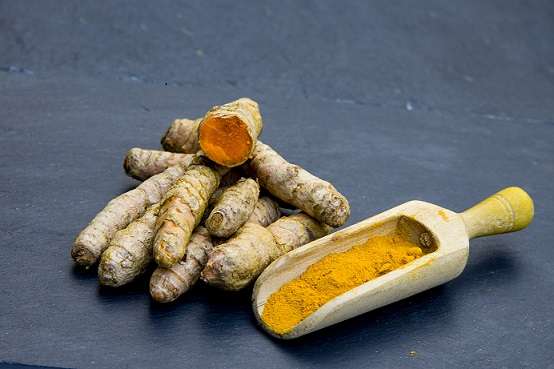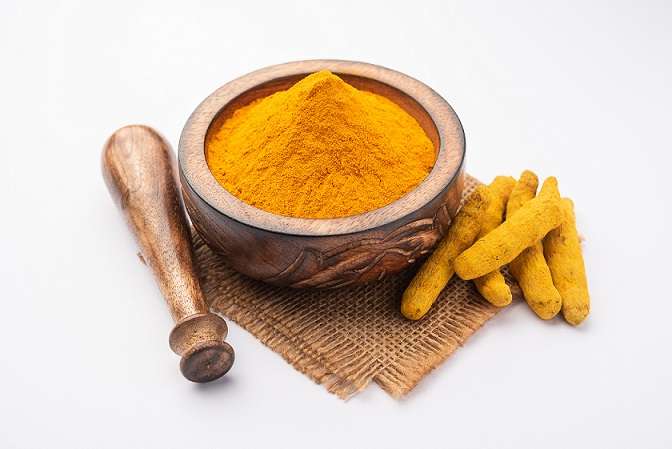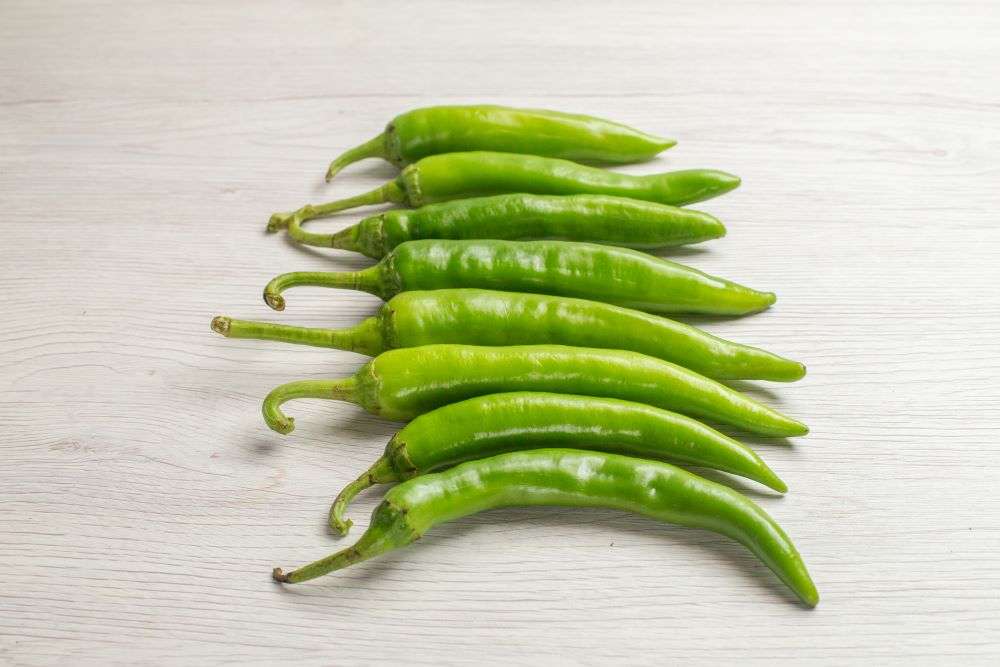Turmeric, often called the “Golden Spice of Life,” is more than just a vibrant yellow coloring agent for your curry. This humble rhizome, Curcuma longa, has been a cornerstone of Indian cuisine, traditional medicine (Ayurveda), and cultural rituals for thousands of years. Its significance is now global, driven by extensive research into its potent active compound, curcumin, which boasts powerful anti-inflammatory and antioxidant properties. From boosting immunity to adding a rich, earthy flavor to dishes, turmeric’s versatility makes it a truly invaluable treasure.
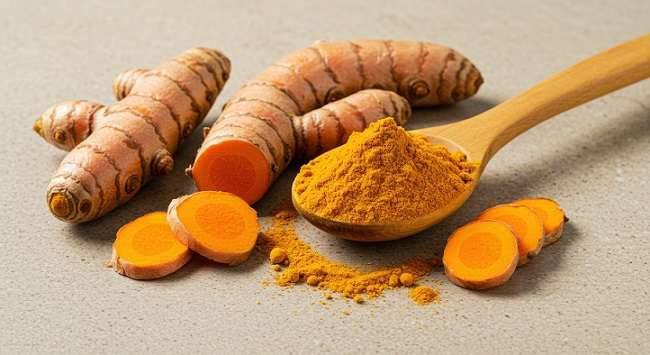
The Lifecycle of Gold: Turmeric Cultivation and Harvest
Growing the perfect turmeric is a meticulous, time-consuming process that hinges on the right climate and proper care.
The Season of Sowing and Harvest
Turmeric is a tropical herb that thrives in warm, humid conditions with substantial rainfall.
Planting Season: In India, the primary planting season often occurs before the pre-monsoon showers, typically from April to May, extending in some regions through to June or August with the onset of the monsoon. The planting material consists of small pieces of the mother or finger rhizomes.
Harvest Season: Turmeric is a long-duration crop, requiring 7 to 9 months to mature. The harvest season generally begins in January and extends up to March (or even April), depending on the variety and the time of planting. The plant signals its readiness for harvest when the leaves begin to turn yellow and dry up completely.
The Cultivation and Processing Journey
The cultivation of turmeric involves several crucial stages:
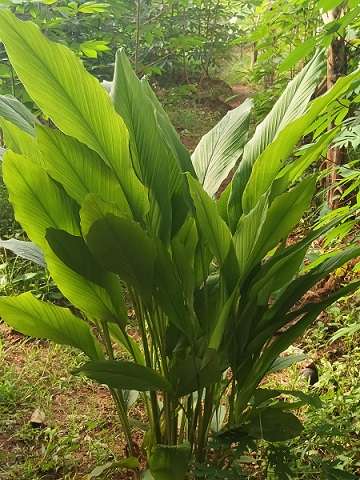
- Land Preparation: The land is meticulously ploughed and harrowed to achieve a fine tilth. Turmeric prefers rich, well-drained loamy soil, and raised beds or ridges and furrows are often formed to prevent waterlogging.
- Planting: Small pieces of whole or split rhizomes, each with at least one bud, are planted 2 inches deep in the prepared beds. Mulching with green leaves or organic matter is essential immediately after planting to conserve soil moisture, suppress weeds, and regulate temperature.
- Manuring and Fertilization: Turmeric is a heavy feeder and requires significant organic manure (like farmyard manure or compost) and balanced chemical fertilizers throughout its growth period.
- Irrigation: While grown as a rainfed crop during the monsoon, in the absence of sufficient rain, it requires frequent irrigation, especially during the dry periods, to ensure good rhizome development.
- Interculture Operations: Weeding is performed regularly, and ‘hilling’ (earthing up) is done 2-3 times during the growth cycle. Hilling involves mounding soil around the base of the plant to cover the developing rhizomes, encouraging better yield.
- Harvesting: Once the leaves yellow and dry, the plant is ready. Harvesting is done by carefully digging up the rhizomes, either manually or using machinery. The clumps are then separated from the stalks and cleaned thoroughly to remove soil and roots.
The Process of Turmeric for Consumption
Raw turmeric rhizomes cannot be directly powdered; they must undergo a critical curing process to develop their characteristic color, flavor, and aroma:
- Boiling/Curing: The cleaned rhizomes are boiled (or cured) in water until they become soft. This process gelatinizes the starch, reduces the drying time, and most importantly, uniformly distributes the curcumin pigment throughout the rhizome, enhancing the spice’s color.
- Drying: The cured rhizomes are thinly sliced or broken into smaller pieces and spread out in the sun to dry. This stage is crucial, as the moisture content must be reduced significantly (usually to 5-10%) to ensure safe storage and grindability.
- Polishing and Grinding: The dried fingers are then polished to remove the rough outer layer and improve their appearance. Finally, they are ground into the fine, bright yellow powder that is ready for domestic and industrial use.
India’s Turmeric Exports Hit Record Growth
India’s turmeric export sector has achieved remarkable growth, rising over 50% in FY 2024–25, with export earnings reaching USD 341.54 million. This success strengthens India’s position as the world’s largest turmeric exporter, capturing nearly two-thirds of the global market.
The surge is supported by the government’s SPICED scheme, promoting quality enhancement and global marketing initiatives. India now aims to achieve a USD 1 billion turmeric export target by 2030, as announced by Union Minister Amit Shah.
–The Economic Times
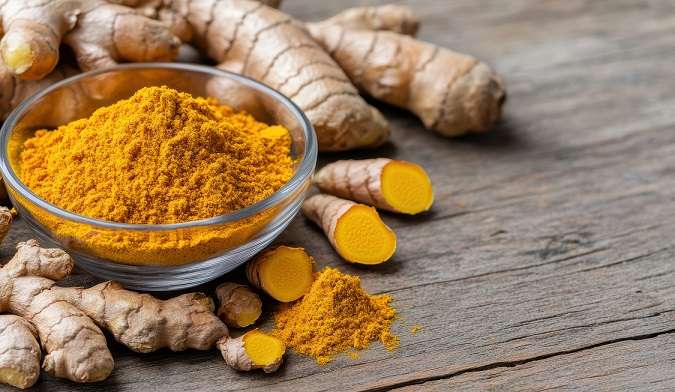
Global Reach: Indo Foods Export and Turmeric
As the global demand for authentic, high-quality Indian spices soars, companies dedicated to maintaining excellence in the supply chain play a pivotal role.
Indo Foods Export is one such distinguished name in the agricultural food export sector. Specializing in sourcing, consolidating, and exporting superior-quality food products—including a wide range of spices—originating from India’s fertile lands, Indo Foods Export successfully distributes Turmeric world wide.
Our commitment to quality, adherence to international standards (such as US FDA registration), and a robust supply chain network ensure that the “Golden Spice of Life” reaches consumers and industries across key international markets, including Europe, the Middle East/Gulf region, and the Americas. By focusing on both whole spice and powdered forms, we help bridge the gap between India’s traditional agricultural prowess and the modern global need for this extraordinary spice.

